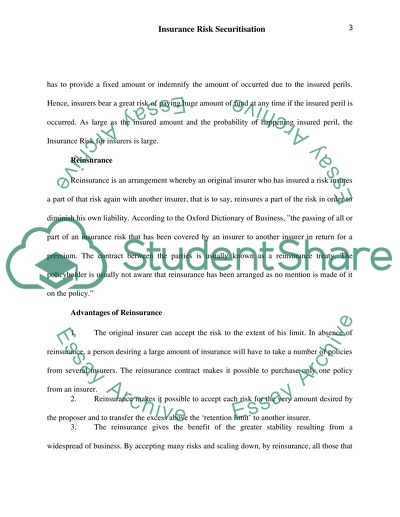Cite this document
(“Insurance Risk Securilization Thesis Example | Topics and Well Written Essays - 2500 words”, n.d.)
Insurance Risk Securilization Thesis Example | Topics and Well Written Essays - 2500 words. Retrieved from https://studentshare.org/miscellaneous/1527192-insurance-risk-securilization
Insurance Risk Securilization Thesis Example | Topics and Well Written Essays - 2500 words. Retrieved from https://studentshare.org/miscellaneous/1527192-insurance-risk-securilization
(Insurance Risk Securilization Thesis Example | Topics and Well Written Essays - 2500 Words)
Insurance Risk Securilization Thesis Example | Topics and Well Written Essays - 2500 Words. https://studentshare.org/miscellaneous/1527192-insurance-risk-securilization.
Insurance Risk Securilization Thesis Example | Topics and Well Written Essays - 2500 Words. https://studentshare.org/miscellaneous/1527192-insurance-risk-securilization.
“Insurance Risk Securilization Thesis Example | Topics and Well Written Essays - 2500 Words”, n.d. https://studentshare.org/miscellaneous/1527192-insurance-risk-securilization.


